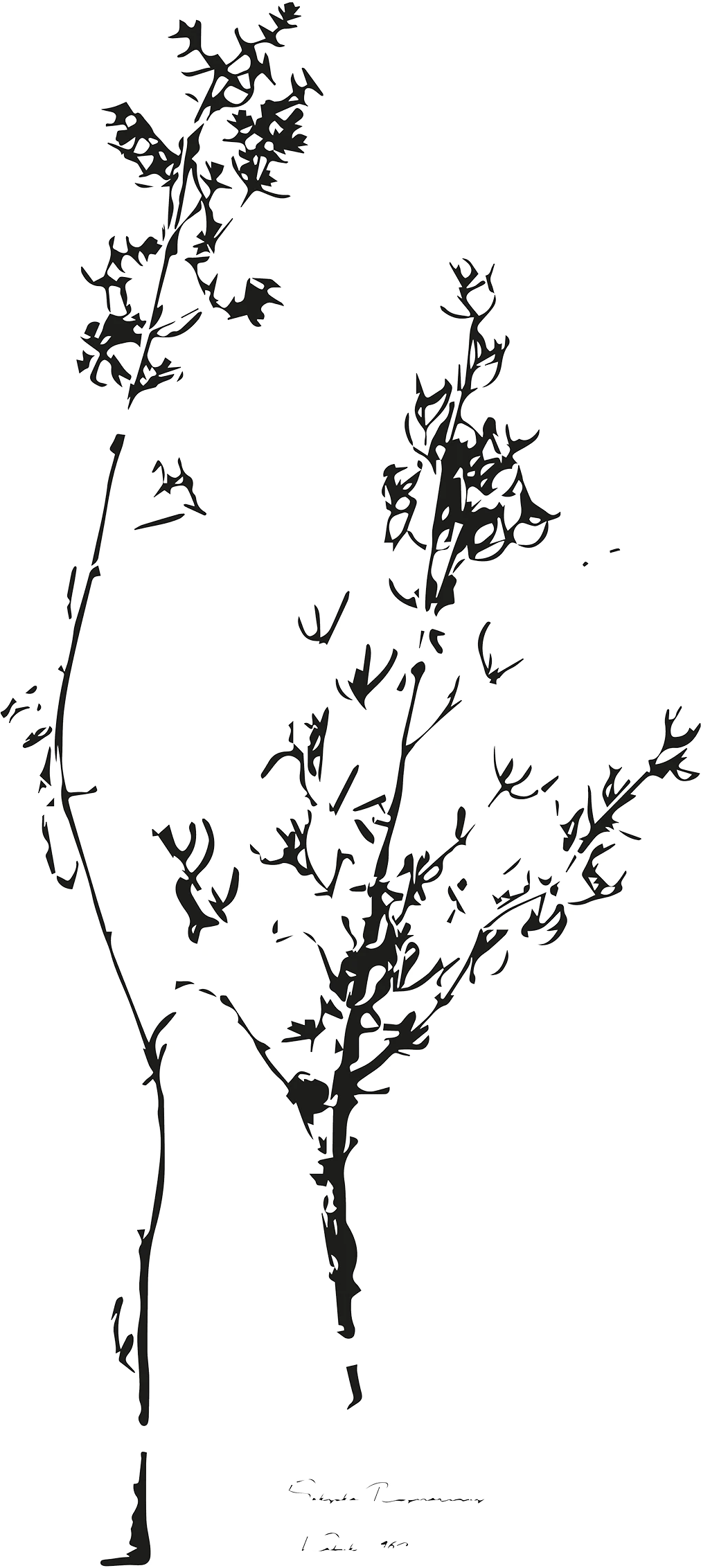Discovering Socotra: one frame at a time
I cannot remember the last time I witnessed pure, unadulterated joy before this trip to Socotra. It is not the newsworthy kind – in that it receives a shoutout on social media – but rather the kind that takes you by surprise in its pervasiveness. Children riding the early morning waves in their makeshift fishing boats; a motorcyclist enjoying his ride so much that he begins to swerve on the highway; the competitiveness that overcomes you in a game of seashell Beyblade on a scarf. Before you know it, moments like these creep up like inflation in a COVID economy and build within you a strong sense of attachment to this island and its people.
I wanted to write about this trip for a few reasons. First, as a way of documenting a trip of a lifetime, specifically, what I learned about Socotra's extraordinary heritage and the imminent risks to its environment. Second, to share these learnings as a way of repaying some of the generosity with which the Socotran people received us. And third, to encourage conscious and curious travellers to explore a genuinely beguiling part of our world. You might agree that language matters enormously in discourse. Therefore, in my attempts to describe Socotra, I shall rely primarily on my observations during the trip and aim to avoid deductions. I hope they present relatable ways of understanding an otherwise poorly understood or, worse, misrepresented part of our world.
A million thanks to Tarim and Ernesto for their review of this piece, and without whom, we would be directionless on this trip (quite literally). My heartfelt thank you to our Socotran crew for putting up with our whims and looking after us with ample servings of local bread, honey, fresh seafood, and beans (1). And to Simon, whom I’m so honoured to have met. Thank you for your company, the chats (read: mostly banter) and a toolkit that I’ll have with me for a long time. And thank you for ‘making us fall in love with the real world so much that we will fight to protect it.’
A destination for passionate photographers:
Socotra's extraordinary landscape takes you by the hooks as it changes hour to hour, coast to coast, effortlessly. No wonder it is a dream destination for photographers! I suspect that it is all alchemy beyond my understanding. The colour burst at the Ditwah lagoon on the west coast as the sun makes its way above the horizon; the moondust-like white sand dunes of Hayf on the southern coast; the steel-blue seawater trapped in Dihamri Marine Reserve's red rock formations make it seem like an alloy.
Then there is Arher with its soft sand dunes against a rocky backdrop overlooking the Arabian sea. The bottoms of its dunes are pinned with bright green vegetation that can’t wait to meet the freshwater trickling down the mountain. Homhil is a delight, too – its leathery bottle trees with swollen trunks and tapering branches grow everywhere, even amongst calcareous rocks. And its natural 'infinity pool' sure puts the Sky Pool at Battersea to shame. Here, stacks of rocks melt into giant puddles of emerald-green water looking out into the boundless sea.
The highlands of Firmhin take it away for me, though. They are home to a dense forest of Soqotra's legendary dragon's blood trees. These trees have the ability to tower over 15 feet, and their generous crowns provide a stunning canopy in 30+ degree (Celsius) mornings, especially if you've got a hammock and a book to go with it. As subjects, they provide some of the most dramatic landscapes I’ve ever shot – framing them against cloud-filled Hajhir mountains, the Milky Way or just the blue sky. I reckon that when meditation instructors ask you to imagine a place that represents tranquillity, they must mean a place like Soqotra.
A haven for curious travellers:
We spent the better part of a week driving, walking, wild camping, and snorkelling (2) to explore Socotra’s main island, which is about the size of Goa, Long Island, or Cornwall (depending on which is most familiar to you). The Soqotra archipelago is home to a remarkable 800+ species of plants, over 300 of which are endemic. Its ethnobotany is fascinating – from medicinal applications to the production of dyes, glues and preservatives, these plants have been used by Soqotrans for generations. The careless cuts on my feet that closed overnight from a mere application of sap from one of the endemic plants are a personal testament.
For those interested in fauna – civet cats, chameleons, dragonflies, and other endemic species give you company along your journey, and Socotra’s Egyptian vultures will gladly become your lunch buddies. It is also not uncommon to spot leaping dolphins, turtles, lobsters, and numerous crab and pufferfish species. I must point out that crab burrows make for a brilliant addition to all seascapes you might photograph. The convergence of multiple biogeographical areas is often considered to be the reason behind Soqotra's outstanding biodiversity.
Socotri traditions of courtesy to guests make it terribly easy to learn about the Socotri way of life from locals. Homes are always open to guests; there is always a cup of tea to go along – sweet-tooths will particularly relish a cup of Socotri tea – and if you are so lucky, some home-grown vegetables for your campsite meal too. Even newly acquired friendships come with a sense of familiarity. Before you know it, you are helping make meals, learning Arabic and Socotri phrases and experiencing Socotri poetry and music (albeit sometimes the same one on a loop).
On the frontlines of geopolitical, socioeconomic, and ecological change:
As I write this piece in the last week of 2021, Socotra’s polity continues to be caught in a tug-of-war between the embattled Yemeni government, the Southern Transitional Council, the UAE, and Saudi Arabia. The multiple flags on military checkpoints, school and hospital buildings represent the multiple claimants to geopolitically strategic Socotra. Socotra’s transition into a 21st-century economy from a barter economy (which lasted as late as 1990) is a work-in-progress (3) and reflects its political history of transferred institutions. Hadibo, Socotra’s urban capital, for instance, is a year-round construction site; its streets are lined with non-biodegradable rubbish and alleyways decorated with discarded refrigerators and washing machines.
In 2008, 75% of Socotra was declared as protected 'nature sanctuaries, national parks, and special botanical interest’ as UNESCO named Socotra a World Heritage Site. However, conservation efforts have been criticized due to their exogenous policies and failure to take into account Socotrans’ competing socioeconomic priorities. Socotra’s environment remains vulnerable to pollution and waste, invasive species, increased tourism, climate change and erosion of indigenous practices. The cyclones of 2015 and 2018 displaced close to a third of the population (approx. 18,000) and destroyed already scarce infrastructure. Floods continue to damage vital lifelines to the Homhil Reserves and long periods of drought impair farming and fishing.
Yet, reliant on humanitarian aid and restricted in their freedom of movement, Socotrans are making the best they can of a ‘permanent transition’. A new generation of college-educated Socotrans is working towards developing community-based, sustainable tourism practices. Ahmed Adeeb’s Botanic Garden in Hadibo currently houses over 20 species of endemic plants and is an essential resource for local conservation, education, and awareness. And Ahmed Alarqbi is documenting Socotra’s largely unstudied archaeology and contributing to the Socotra Archipelago Project.
From here on:
"SM: It is hard not to be filled with despair when one thinks about the past two years and the state of the world. TCK: Yeah, but every now and then, people show you a glimmer of hope that still lingers around us."
As Socotra straddles an existential dilemma between an Arab and African ancestry, Yemeni citizenship and a Socotri identity, I wish for more pathways for Socotran voices to reach the rest of the world. Increased tourism will add to the negative pressures on Socotra’s ecosystem; so, I call on all travellers headed to the island to keep your reciprocity at par with your curiosity. Explore, so you may appreciate the depth of Socotra’s journey into the years ahead, and question so you may set aside any biases that come up.
My playlist kicks-in with Bonobo and I’m right back to the dunes of Arher. Perched on the side that overlooks the campsite, I’ve fashioned myself a bed in the sand. Our bonfire still has a few flames left, and my tent sits contently, watching the bioluminescent waters. The moon has lit up the beach so bright that I barely need a headlamp, and amidst newly found friends, I’m the happiest I’ve been in a while. And just like the sand that has lodged in crevices of my clothes and bags, Soqotra has nestled in rather comfortably in my heart.
--
- (1) Socotrans work with limited local ingredients as the island has no agricultural crops because of its harsh climate (although small-scale farming does produce some fruits and vegetables). Although not as severe as mainland Yemen, food insecurity is still a challenge due to seasonality and price increases, and poses a serious risk of malnutrition.
- (2) I am a terrible swimmer - and although I have gotten away with my poor skills when snorkelling a few times in my life, this time was excruciatingly difficult. For those who tried to help me. Bless them.
- (3) Imports of canned food and other goods have come with plastic and metal as by-products. Paved roads have brought lifelines without updated land, water, and waste management frameworks. And smartphones have proliferated without an effective telecom network.
--
Resource list:
- Discover Socotra – The ever-brilliant Tarim Contin-Kennedy provides opportunities to learn from the local and international experts on various subjects. At the heart of all their tours lies a critical realization of the bidirectional relationship of tourism and the commitment to minimize negative social and environmental impact on the island.
- Friends of Soqotra – Established in 2001, the Friends of Soqotra association (FOS) promotes the sustainable use and conservation of the natural environment of the Soqotra Archipelago and supports sustainable improvement in the standard of living of the people of the Soqotra Archipelago. Its Tayf newsletters are a great source of information on ongoing conservation efforts on the island.
- Soqotra Heritage Project – Aims at increasing awareness about Soqotra’s cultural heritage through a range of events, campaigns, and training both on Soqotra and in a global context. A major output of the Soqotra Heritage Project is the Soqotra Heritage Database which can be accessed online here: Soqotra Heritage Database.
- A Mesography of Soqotra: A Total Community Study Overview by Serge D. Elie – Serge paints a portrait of the Socotran community through historical contextualization and analytical detailing. The book’s arguments for the disassociation of West-stream anthropology and symbolic exoticization in understanding Socotra provides actionable knowledge for a range of audiences.
--
About me:
Currently based out of London, Swarnali is an early-stage investor at Anthemis Group committed to increasing the share of equity capital raised by female and non-binary founders. Her vocation lies somewhere at the intersection of technology, economic development, financial inclusion, and social justice. And her dabbles at photography can be found @boundaryststudio.
Some photos:









